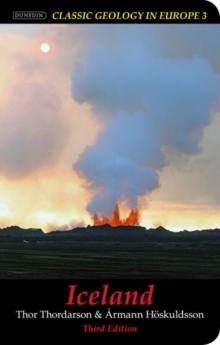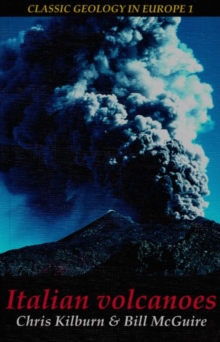
EPUB
Description
This guide is for those who wish to understand the interplay between rocks and scenery in a truly classic geology in Europe.
Nowhere else in Britain is this link to be more clearly observed.
Key geological localities that make the Scottish Highlands a unique region for the study of geology are linked together geographically in a series of journeys.The Western Highlands contain some of the oldest rocks in Europe in a landscape formed more than a billion years ago that has re-emerged from the depths.
Geologists have been examining these rocks since the early nineteenth century and, in spite of intense research in this tiny fraction of the Earth's surface, major controversies still surround some of the rock formations.
Many fundamentally important concepts in geology were first developed here and then applied elsewhere around the world.
The region is an outstanding natural laboratory for the study of mountain building and folding, including the discovery that thick sequences of rocks have been turned completely upside down, and pushed sideways for over 100 kilometres.
Representatives of all the major rocks types are found here, and their ages span three-quarters of geological time since the Earth began, some four and a half billion years ago.The journeys and localities are detailed in chapters: Tongue to Lochinver; Lochinver, Assynt, Ullapool; Ullapool to Gairloch; Gairloch to Kyle of Lochalsh; Kyle of Lochalsh, Glenelg, Mallaig, Cluanie, Glen Roy; Fort William, Loch Eil, Glenfinnan, Lochailort, Ardnamurchan, Strontian; Fort William, Ballachulish, Kentallen, Oban, Easdale, Kilmartin, Tayvallich and Kilmory; Fort William, Ben Nevis and Glen Nevis, Ballachulish, Glencoe, Glen Etive, Glen Orchy and Loch Lomond.
Excursions are easily accessible, along footpaths and the coast, with a few more challenging options, including Ben Nevis, Scotland’s highest mountain.
Information
-
Download - Immediately Available
- Format:EPUB
- Pages:284 pages
- Publisher:Liverpool University Press
- Publication Date:01/10/2019
- Category:
- ISBN:9781780466064
Other Formats
- Paperback / softback from £25.00
- PDF from £17.50
Information
-
Download - Immediately Available
- Format:EPUB
- Pages:284 pages
- Publisher:Liverpool University Press
- Publication Date:01/10/2019
- Category:
- ISBN:9781780466064










